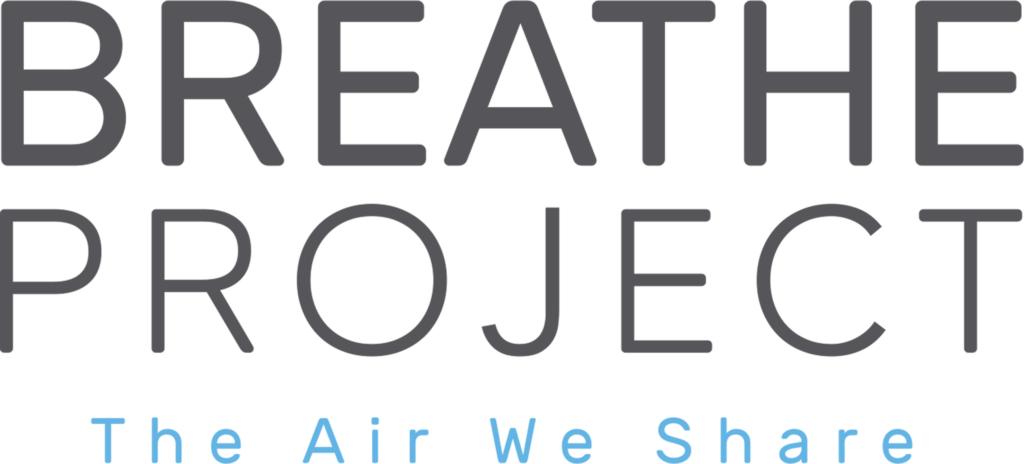By Shaena Berlin Ulissa, MS, Senior Consultant for Air Sciences
As a new resident of Pittsburgh, I decided to participate in the ROCIS LCMP program as an air quality professional looking to both understand my personal pollution exposure and learn more about the local community and low-cost monitoring techniques.
The commitment is not one to be taken lightly! At the cohort’s kick-off meeting, I listened as eight participants described why they had volunteered to take on the fairly time-consuming tasks of setting up monitors, logging data and discussing results with the team. Some were mothers wanting to understand their children’s pollution exposure. Another lived near an industrial point source and did not know how the nearby pollution affected his home. I was impressed by how well the group represented different geographic locations in the Pittsburgh area and heartened to see that it isn’t only scientists and engineers who are interested in their air.
Once at home, I set up the sensors – two for radon, one carbon monoxide (CO), two carbon dioxide sensors, one Speck particulate matter (PM) sensor and three Dylos PM sensors (indoor and outdoor). The goal for radon and CO was to take measurements and engage in corrective actions if needed; our radon mitigation system seemed to be doing its job, so I did not delve deeply into these results.
The PM sensors provided more interesting data, showing indoor versus outdoor trends over time and illustrating the effects of different behaviors such as cooking and opening windows. My job as an environmental consultant requires me to advise clients on the health risks from air pollution (including diesel particulate matter) at different locations.
When choosing where to live in Pittsburgh, I had taken into account the topography, distance from busy streets and distance from industrial sources; we moved in next to Frick Park and expected our outdoor air quality to be totally fine. However, the Dylos sensors provided a rude awakening; day after day, the outdoor air was “poor” or “very poor” and the indoor air was not much better! This brought home the concept of regional versus local air quality issues.
After reviewing the results and learning more about our home’s characteristics, the ROCIS team performed an ‘intervention.’ The team worked with an energy expert to update our central furnace filtration system. First, we installed a MERV13 filter to remove the majority of fine particles. However, the fan consumed around 800 watts of electricity and would cost around $60 per month to run, which is both expensive and ultimately contributes to regional air quality issues and climate change due to electricity generation.
The energy expert ordered a new part and upgraded the fan to run continuously at a much lower power draw so as not to waste electricity. When outdoor counts are the highest, indoor particle levels are 20-50 times lower. The ROCIS data visualization tools and group discussions made it easy to track changes in indoor and outdoor air and see the results of the intervention. Through the program, I learned a lot about local air issues, the connections between ambient and indoor exposure and the tradeoffs between energy consumption and air quality improvements.

